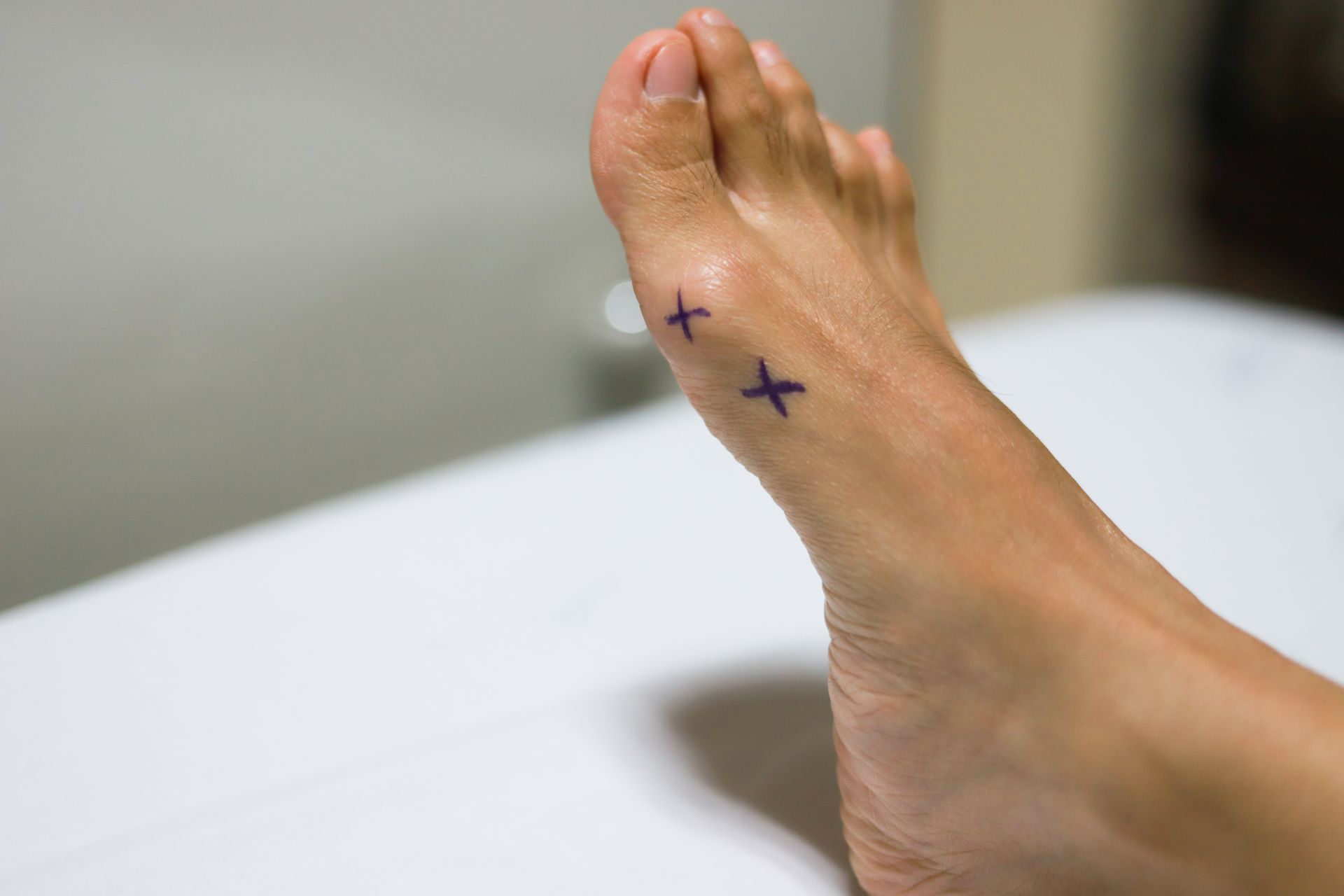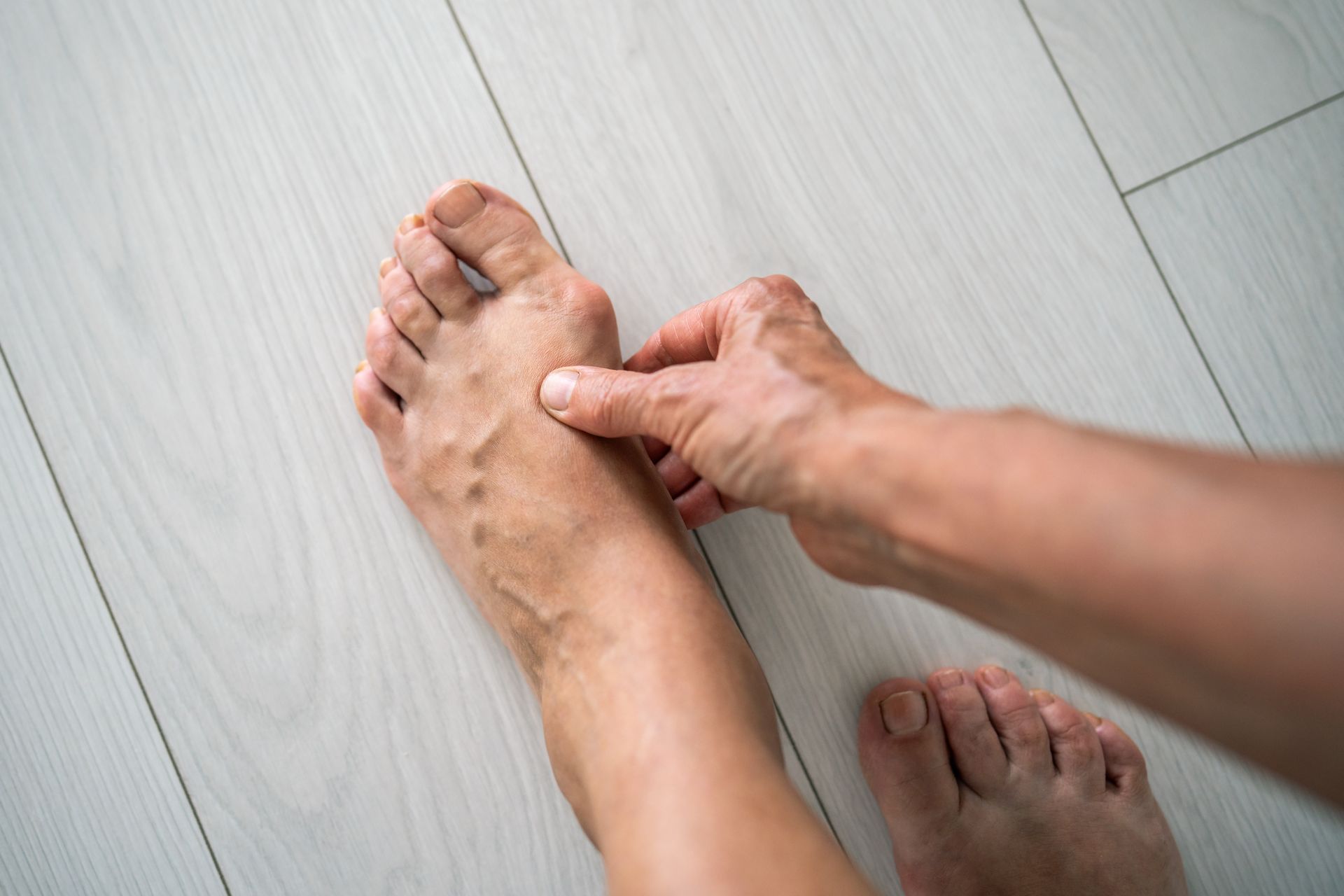Bunion Surgery Options: Which Procedure Is Right for You?
Diabetes affects the body’s ability to regulate blood sugar and can lead to serious complications if not carefully managed. One of the most critical areas affected by diabetes is the feet. Due to nerve damage and poor circulation, diabetic patients are at increased risk for foot problems that can quickly become severe without proper care. Understanding the importance of diabetic foot care is essential to preventing ulcers, infections, and even amputations.
Understanding Diabetic Neuropathy and the Importance of Foot Care
A common complication of diabetes is neuropathy, or nerve damage, which primarily affects the lower extremities. This condition can cause burning, tingling, numbness, or weakness in the feet. Unfortunately, this loss of sensation makes it easier for injuries to go unnoticed and untreated.
Poor circulation is another challenge for diabetic patients, as it slows the healing process and increases the risk of infections. Without proper care, minor cuts or sores can develop into dangerous ulcers. Statistics show that up to 15 percent of people with diabetes will develop foot ulcers, and sadly, 14 to 24 percent of those cases result in amputations. This makes vigilant foot care not only important but potentially life-saving.
Common Foot Problems in Diabetic Patients
People with diabetes are prone to several foot issues, including:
- Peripheral neuropathy: nerve damage causing numbness, tingling, or pain in the feet
- Foot ulcers: open sores that often develop on pressure points like heels or toes
- Infections: infections that occur due to slow healing and challenges with the immune system
- Calluses and corns: thickened skin areas that increase pressure and can lead to skin breakdown
- Charcot foot: a condition where weakened bones fracture or deform, altering the shape of the foot
Recognizing these problems early is key to effective treatment and preventing serious complications.
Daily Foot Care Tips for People with Diabetes
Taking daily precautions can help keep diabetic feet healthy and reduce the risk of injury:
- Wash and dry feet thoroughly every day, especially between the toes
- Apply moisturizer to prevent dry, cracked skin, but avoid applying between toes
- Keep toenails trimmed straight and filed to avoid ingrown nails
- Inspect feet daily for cuts, blisters, redness, swelling, or any changes
- Wear properly fitting shoes and moisture-wicking socks to prevent friction
- Never walk barefoot, even indoors, to avoid injury
- Use protective footwear if recommended by your podiatrist
Consistent daily care and awareness can drastically reduce the risk of developing ulcers and infections.
When to See a Podiatrist for Diabetic Foot Care
It’s important to seek prompt medical attention if you notice any of the following:
- Persistent pain, redness, or swelling in the feet
- Open sores or wounds that won’t heal
- Changes in skin color or temperature
- Signs of infection, such as pus, foul odor, or fever
- Loss of feeling or increased numbness
Early evaluation and treatment by a foot and ankle specialist can prevent minor issues from becoming emergencies. At Hall Podiatry, Dr. Patrick Hall combines expert knowledge with compassionate care to provide comprehensive evaluations and treatments for diabetic foot care. Through personalized plans that include preventive strategies, routine screenings, and advanced interventions when necessary, Hall Podiatry helps patients maintain foot health and avoid complications.
If you have diabetes and want to protect your feet from serious problems, schedule an appointment with Hall Podiatry today.
Taking proactive steps now can preserve your mobility and quality of life.


